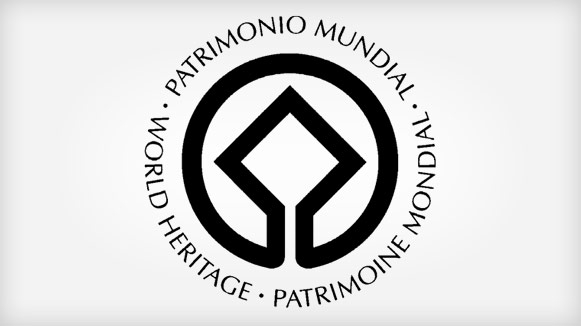Not far from Beijing, we may find several tombs belonging to Chinese emperors of the Ming and Qing Dynasties.
The UNESCO World Heritage List includes over a thousand properties with outstanding universal value. They are all part of the world’s cultural and natural heritage.
Official facts
- Official title: Imperial Tombs of the Ming and Qing Dynasties
- Country: China
- Date of Inscription: 2000
- Category: Cultural site
UNESCO’s World Heritage Centre’s short description of site no. 1004:
“It represents the addition of three Imperial Tombs of the Qing Dynasty in Liaoning to the Ming tombs inscribed in 2000 and 2003. The Three Imperial Tombs of the Qing Dynasty in Liaoning Province include the Yongling Tomb, the Fuling Tomb, and the Zhaoling Tomb, all built in the 17th century. Constructed for the founding emperors of the Qing Dynasty and their ancestors, the tombs follow the precepts of traditional Chinese geomancy and fengshui theory.
They feature rich decoration of stone statues and carvings and tiles with dragon motifs, illustrating the development of the funerary architecture of the Qing Dynasty. The three tomb complexes, and their numerous edifices, combine traditions inherited from previous dynasties and new features of Manchu civilization.”
My visit
I am disappointed with myself about this site. Visiting the Ming graves in 1985 I found them “not so interesting”. That conclusion may stem from the fact that I, and so many others, visited them on our way to the Great Wall at Badaling, a few hours’ drive north of Beijing. We were all eager to see the Wall, not the imperial tombs.


